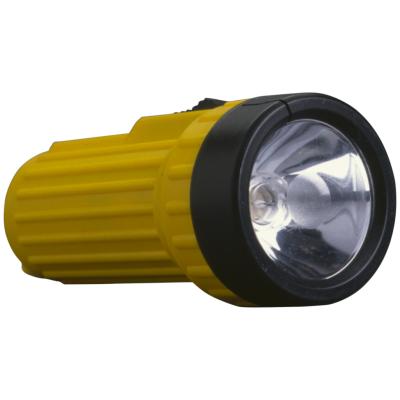
There are lots of parts in a car, many of them held together by rubber bushings. Examples include the body mounts, engine mounts, lower control arm mounts and even the transmission. When these bushings wear out, they start to cause vibrations in the vehicle; it starts as an annoyance, and eventually can cause damage to the vehicle. It takes a keen eye to check for bushing problems, but if you're careful, you can spot them and fix the problem before it gets worse.
Raise the vehicle up in the air using the jack and secure it on jack stands. Double check that the vehicle is secure prior to crawling underneath it.
Lay your back onto the creeper and roll underneath the vehicle. Shine the flashlight on the engine mounts first. Look for deterioration in the rubber bushing, and see if there is any metal-on-metal contact. In the engine mounts, if the mount appears to have collapsed or torn, then the bushing calls for replacement.
Shine the flashlight on the lower control arm mounts. The bushings here go outside of the control arm, and are inside the frame. If these are torn, they must be replaced. Shake the lower control arm to see if there is play in the bushing. If it moves, they will replaced as well.
Shine the flashlight on the transmission mount. It should be solid, and free of cracks or tears in the rubber surface--look for those flaws. If the transmission appears to be sagging, this also could be a sign of bushing failure. Repeat this process on the body mounts, looking for sagging panels or metal-on-metal contact.